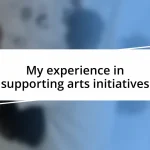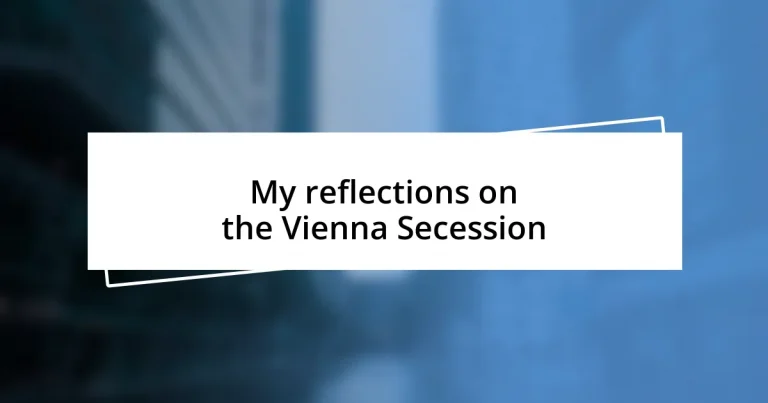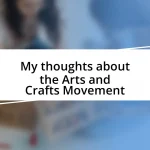Key takeaways:
- The Vienna Secession, founded in 1897, marked a significant artistic movement challenging traditional norms and advocating for creative freedom.
- This movement was influenced by the decline of the Austro-Hungarian Empire and the rise of modernism, reflecting artists’ frustration with censorship and the conservative art establishment.
- Key innovations included bold colors, integration of decorative arts, and the use of new materials, with notable figures like Gustav Klimt and Josef Hoffmann leading the way.
- The legacy of the Vienna Secession continues to inspire contemporary art through its emphasis on collaboration, community, and the fusion of art with everyday life.
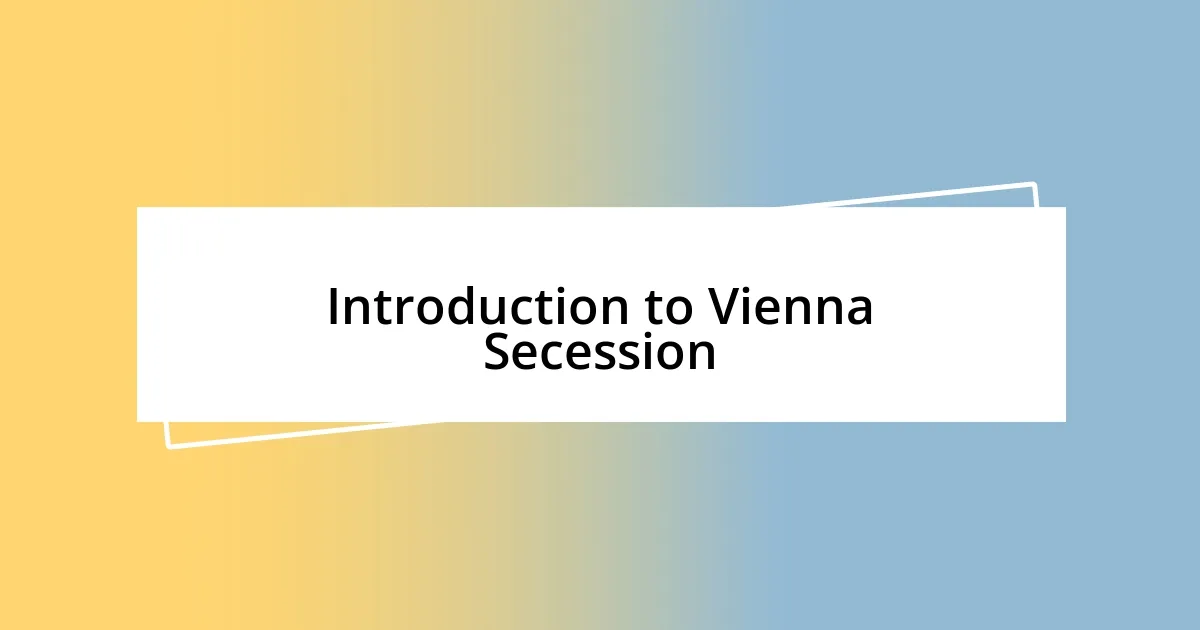
Introduction to Vienna Secession
The Vienna Secession emerged in 1897 as a bold artistic movement, representing a break from traditional norms in art and design. I remember walking through its iconic exhibition space, the Secession Building, and feeling an electrifying blend of creativity and rebellion that defined the era. How did a group of artists manage to challenge the status quo so successfully?
This movement was not just about artistry; it was a cultural response to the rapid changes in society at the time. I often think about the profound emotions these artists must have felt, pushing against the constraints of the Academy which dominated the art scene in Vienna. Isn’t it fascinating how the desire for freedom in expression can lead to such revolutionary outcomes?
The founders, including figures like Gustav Klimt and Joseph Maria Olbrich, sought to create a space where innovation could thrive unencumbered by the past. I find it inspiring to think about their shared vision—how camaraderie among artists can ignite a transformative force in a city. What inspired these individuals to not only break away but also establish a unique cultural dialogue that resonates even today?
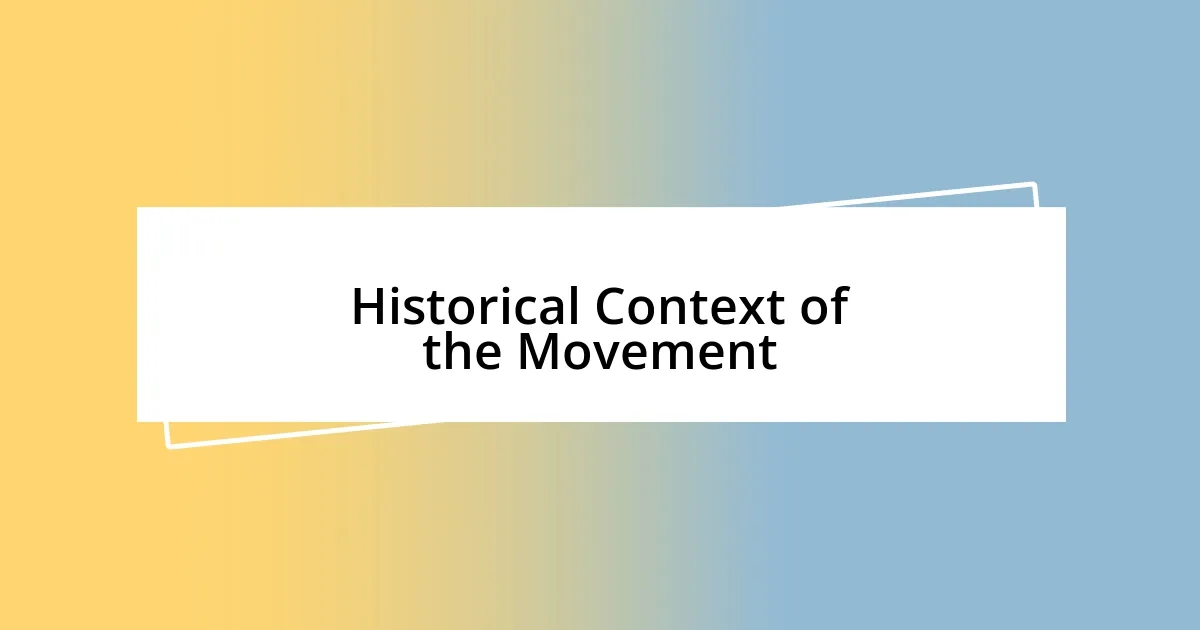
Historical Context of the Movement
The Vienna Secession emerged against a backdrop of significant social and cultural upheaval at the turn of the 20th century. As I delve into this era, I can almost visualize the tension in the air—Artists were grappling with the suffocating standards of the Academy while a growing desire for change loomed. The movement not only reflected their frustrations but also their eagerness to explore new forms of expression, often mirroring the broader shifts in political and social landscapes across Europe.
Here are some key factors that shaped the historical context of the Vienna Secession:
- The decline of the Austro-Hungarian Empire, creating a sense of instability and change.
- A growing interest in modernism, spearheaded by technological advancements and new philosophies.
- The influence of other avant-garde movements like Impressionism and Art Nouveau from France and Belgium, which inspired the secessionists.
- Discontent among younger artists over censorship and lack of recognition from the conservative art establishment in Vienna.
- A collective aspiration for artistic freedom and the integration of art into everyday life, pushing the boundaries of creative expression.
Reflecting on this context, I can’t help but admire the courage of those artists who dared to forge a new path, forever altering the landscape of art and culture. It’s a powerful reminder of how art can serve as a catalyst for change in society.
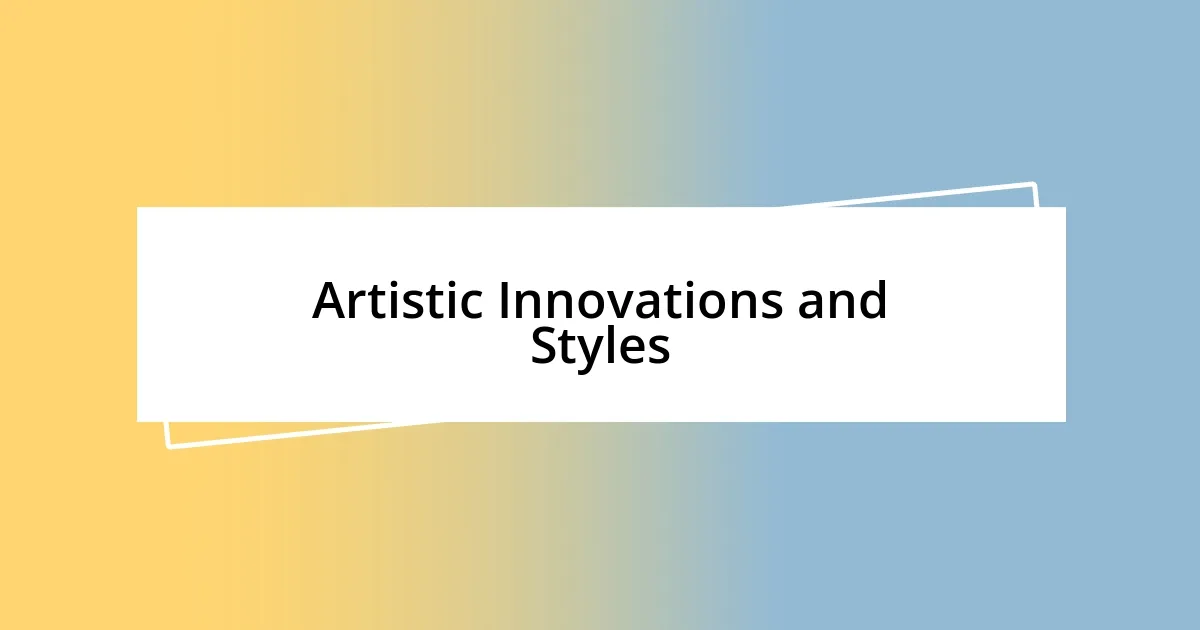
Artistic Innovations and Styles
The Vienna Secession was characterized by a profound shift in artistic style and innovation, breaking away from the rigid restrictions of the past. As I examine the works of artists like Gustav Klimt, I am struck by their bold use of color and elaborate patterns—a hallmark of the movement. The way Klimt infused symbolism into his pieces feels like a conversation between the artist and the viewer, inviting us to explore deeper meanings hidden beneath the surface.
One aspect that fascinates me is the shift towards decorative arts within this movement. Artists didn’t just focus on painting; they ventured into architecture, graphic design, and furniture making. When I first encountered the stunning murals in the Secession Building, I felt like I had stepped into a world where every detail served a purpose, transforming the mundane into the extraordinary. This holistic approach to art was innovative and reflected a genuine desire to integrate art into daily life.
The Secessionists also embraced new materials and techniques, which brought a fresh texture to their work. For instance, the incorporation of mosaics and contrasting elements made their creations visually dynamic. As I reflect on this, I appreciate how these artists not only sought to innovate but also to communicate new ideas, challenging viewers to engage with their art on multiple levels.
| Key Innovations | Example Artists |
|---|---|
| Bold use of color and symbolism | Gustav Klimt |
| Integration of decorative arts | Josef Hoffmann |
| Use of new materials and techniques | Koloman Moser |
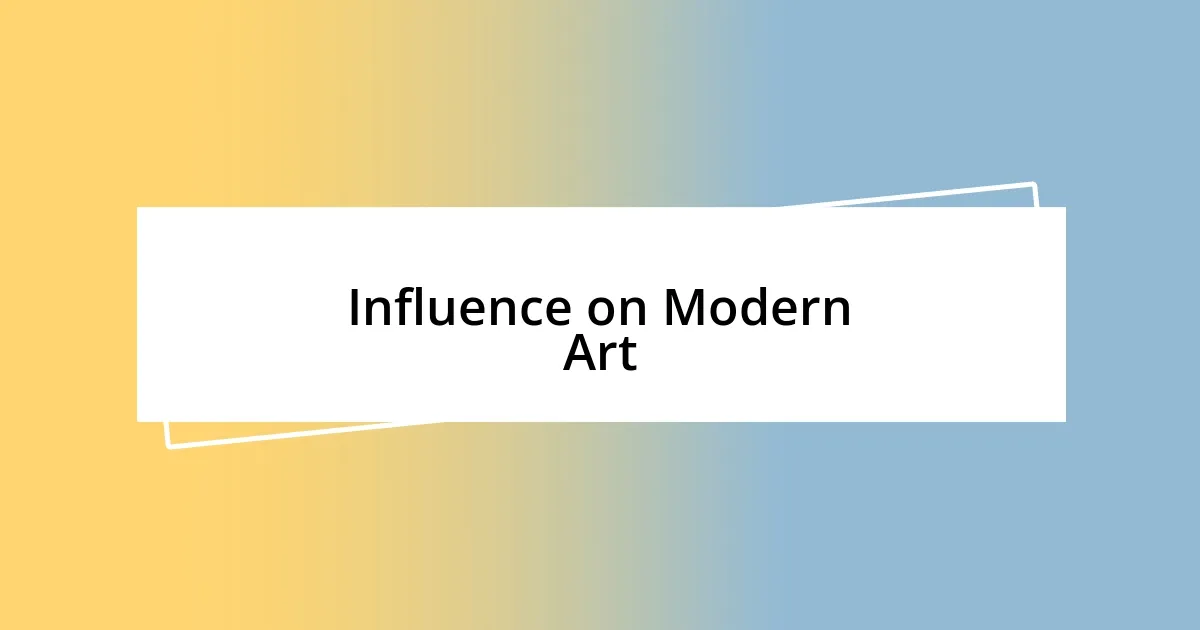
Influence on Modern Art
The Vienna Secession paved the way for a radical transformation in modern art, influencing countless movements that followed. When I look at the intensity of expressionism, for example, I can almost hear the echoes of the Secessionists urging artists to break free from convention. How can one not feel inspired when seeing the bold figurative styles that echo Klimt’s emphasis on emotional depth? This audacity to express the inner self has fundamentally altered our artistic landscape.
As I immerse myself in contemporary art, I often notice the secessionist ideals peeking through the complex layers of mixed media and abstraction. It’s fascinating to think that artists today still seek that same fusion of art and life, much like the Secessionists pursued in their time. I remember attending a gallery featuring installation art that suspended the boundaries of space and physicality. It was a vivid reminder of how the movement’s experimentation continues to resonate, pushing boundaries and inviting introspection—something that clearly stems from the legacy of artists like Josef Hoffmann.
Moreover, the emphasis on collective exhibitions and artistic collaboration initiated by the Vienna Secession has shaped the modern art world significantly. This was more than a mere artistic choice; it was a statement that art is best experienced in community with others. I recently participated in a collaborative workshop that reminded me of this principle, fostering an environment where ideas flowed freely and creativity thrived. Isn’t it remarkable how, over a century later, the spirit of those bold Viennese artists still invites us to remove barriers and celebrate innovation together?
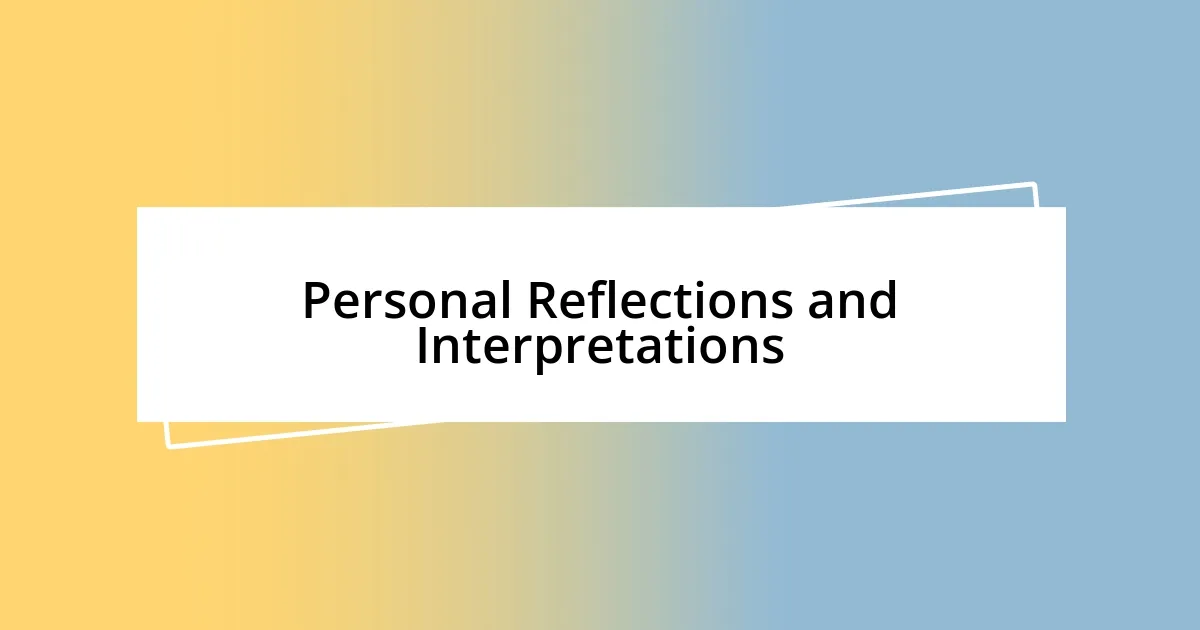
Personal Reflections and Interpretations
The more I reflect on the Vienna Secession, the more I’m captivated by the idea of artistic rebellion. Walking through an exhibit showcasing Klimt’s work, I felt the energy of defiance that permeated each brushstroke. It’s as if the canvases whispered, “Don’t be afraid to express your truth,” reminding me of my own struggles to embrace authenticity in both my art and life.
I can’t help but recall my visit to the Secession Building itself. Standing beneath the iconic golden dome, I felt a profound sense of freedom. It made me think about the importance of creating spaces where art can flourish without boundaries. This experience pushed me to explore unconventional mediums in my own work, often experimenting with materials I had previously set aside. Isn’t it incredible how a historical moment can ignite present-day creativity in such a personal way?
When I consider the collaborative spirit the Secessionists fostered, I see a parallel in my own artistic journey. Recently, I joined a local artist collective. Working alongside diverse voices reminded me of the transformative power of community in art. It was exhilarating to share ideas and witness how each artist’s unique perspective enriched the group. This experience truly brought home the notion that art is not just an individual expression but a shared dialogue—an idea the Secessionists championed so fiercely.



